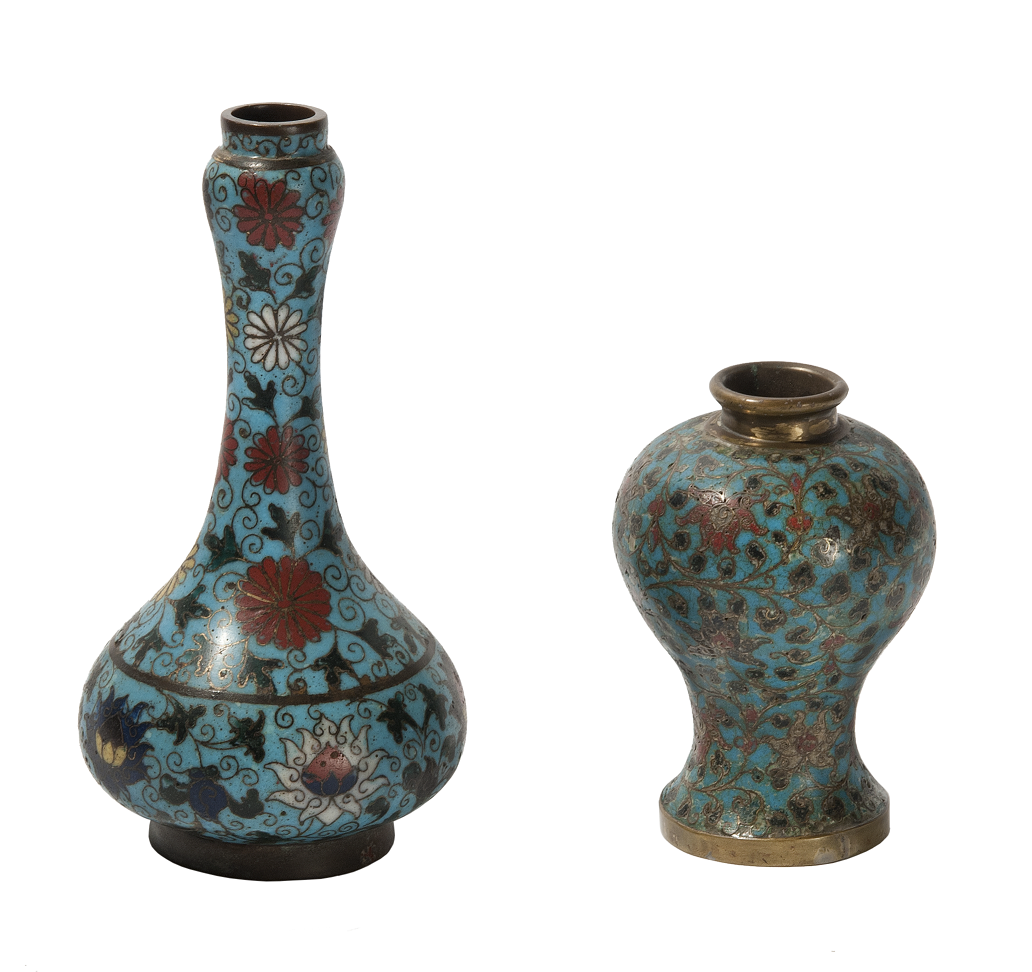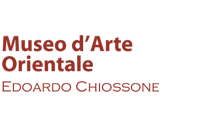
Click here to view image
Collezione Edoardo Chiossone 1898 Genova
China, late Ming period, 16th century
Sm-42
Unità di misura: cm
Altezza: 7.7
Diametro: 11.15
Cina
Metal and glass paste, cloisonné enamels on copper-based alloy, height 18.3 cm and 11.5 cm
Cloisonné enamel is the most popular of the oriental polychrome enamels. The cloisonné technique consists of drawing on the ground with thin metal beads, forming cells that are filled with coloured silicates. In China, during the Ming (1368-1644) and Qing (1644-1912) periods, the ateliers controlled by the imperial house created enamel works of the highest technical and artistic quality, so much so that cloisonné enamels are considered typical products of Chinese decorative arts.




